
Discover Glorious Yorkshire with Great Rail Journeys
08/11/2024 · By Rob Payne
Discover Yorkshire with Great Rail Journeys from a base in historic York. Tour York Minster, visit Harrogate and ride the North Yorkshire Moors Railway.
Read moreA tidal island just off the north-east coast of England, Lindisfarne is also known as Holy Island in recognition of its important religious heritage. Lindisfarne's first religious building was its monastery, which was founded by St Aidan in about 635AD. His successor was St Cuthbert, who became the head of the Priory as well as Northumberland's patron saint. Shortly after this time, the Lindisfarne Gospels - an illustrated copy of the Gospels of Matthew, Mark, Luke and John - are believed to have been created here. In the next century these gospels were glossed with Old English at Lindisfarne, making them the oldest surviving Old English biblical texts - cementing Lindisfarne's position as an important religious centre.
Find out more with a free brochure and enjoy weekly travel inspiration and offers in our e-newsletter.
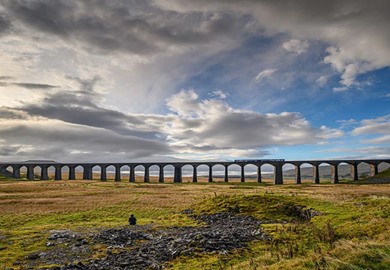
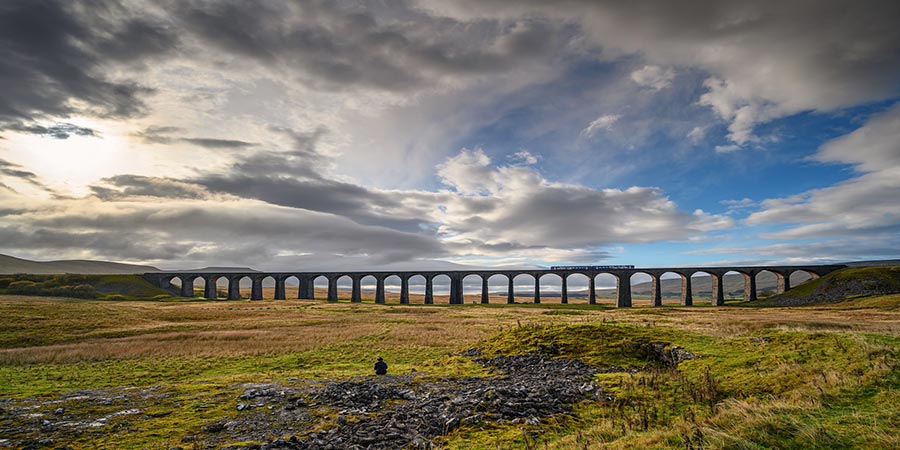
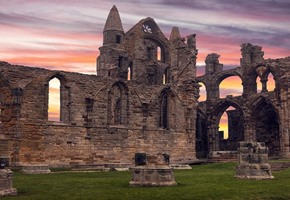
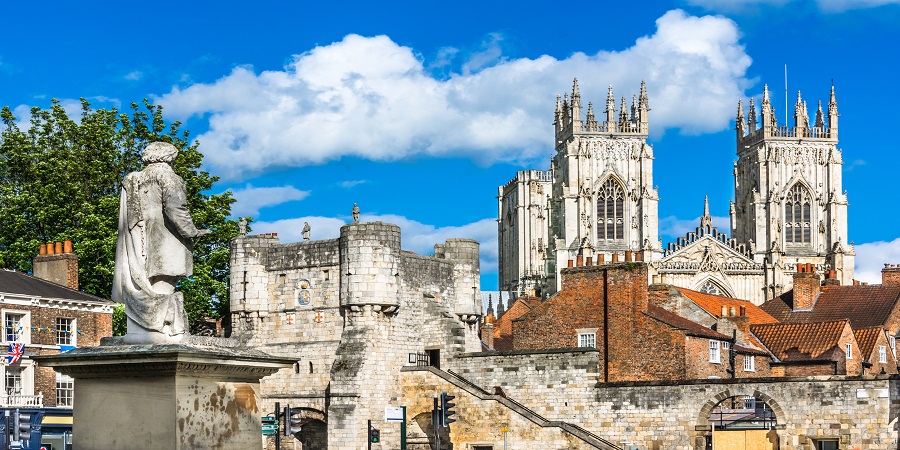
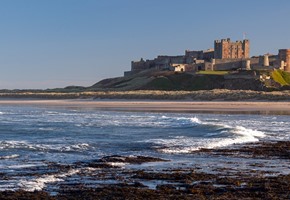
 (211 reviews)
(211 reviews)Encounter the untamed North York Moors and rolling Yorkshire Dales aboard the nostalgic North Yorkshire Moors Railway and famed Settle-Carlisle line, before discovering the gems of Northumberland on a tour which blends dramatic landscapes with fascinating history and culture. In Yorkshire, wander among the spectacular gardens of RHS Harlow Carr,...
The Priory continued successfully for many years, before being raided by Vikings in the 9th century AD. Yet the Priory was re-established as a Benedictine house shortly after the Norman Conquest, and resumed its prominent position on the Christian landscape until Henry VIII's Dissolution of the Monasteries in 1536. The buildings were decimated and they now stand as ruins preserved from any further damage. The site has remained ever popular with visitors and as a place of pilgrimage, due to its significance in Christian history.